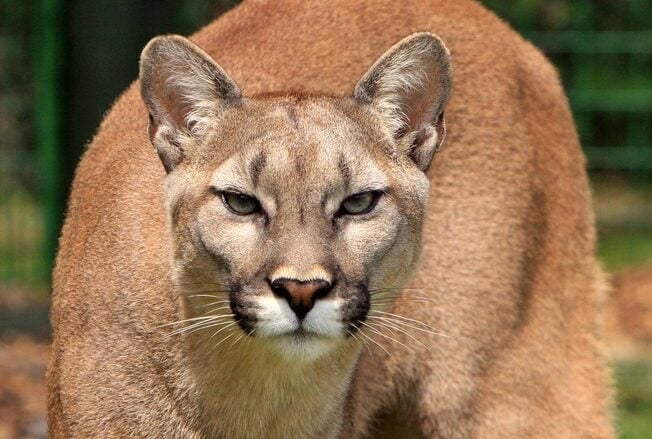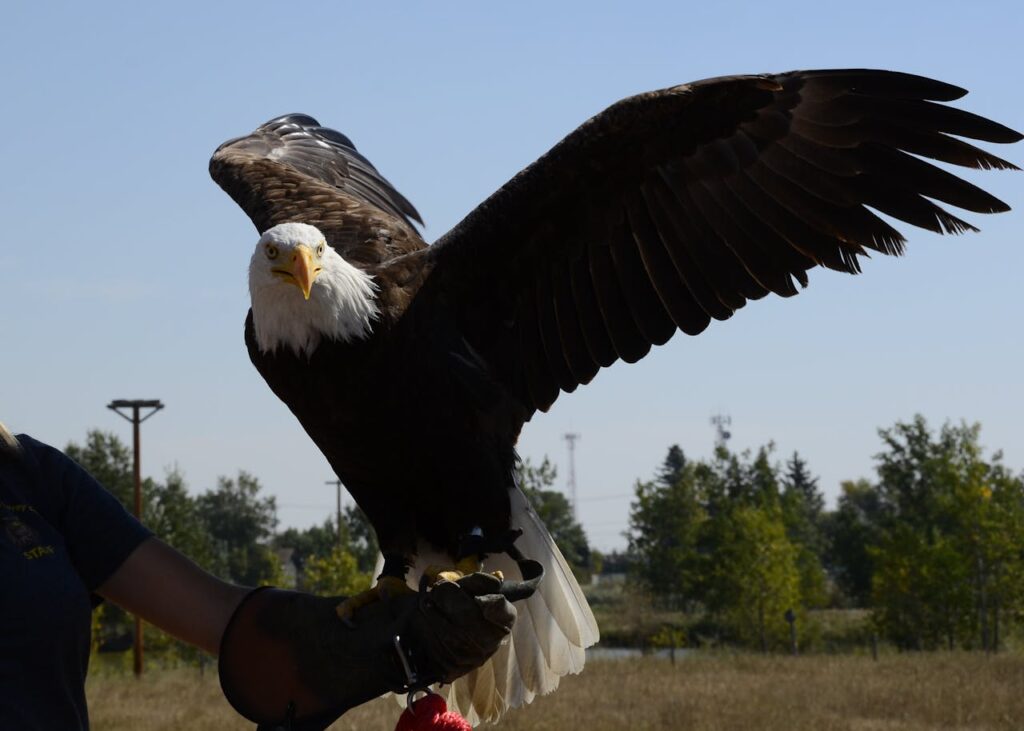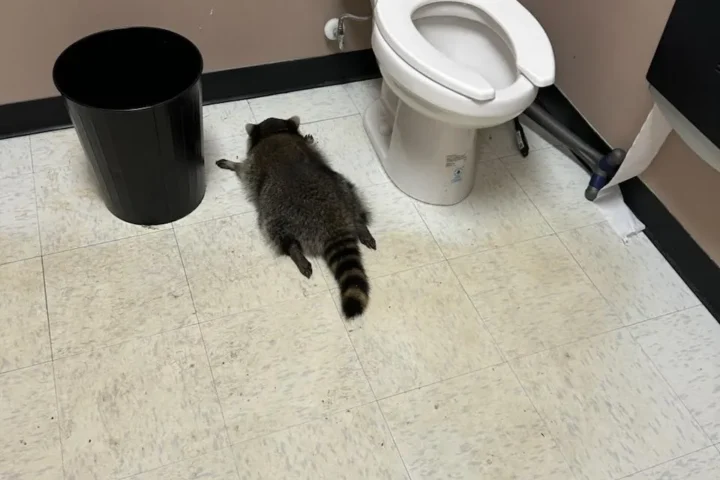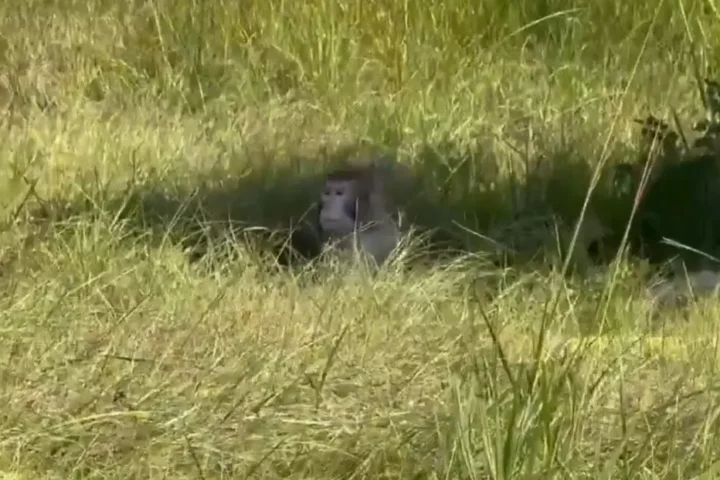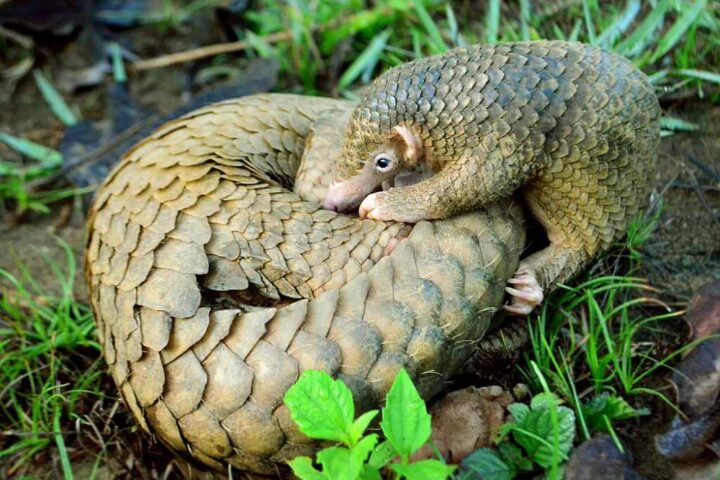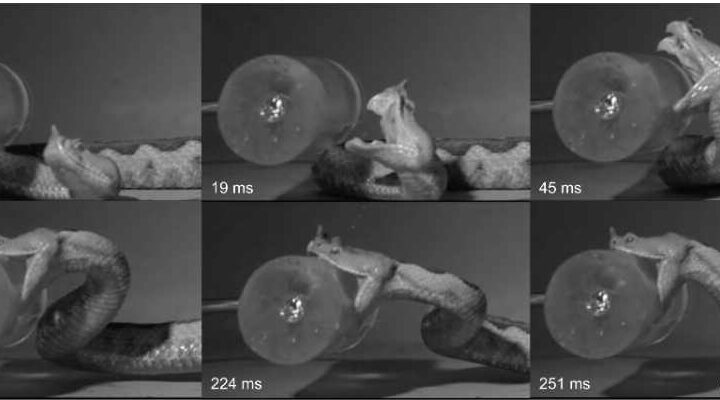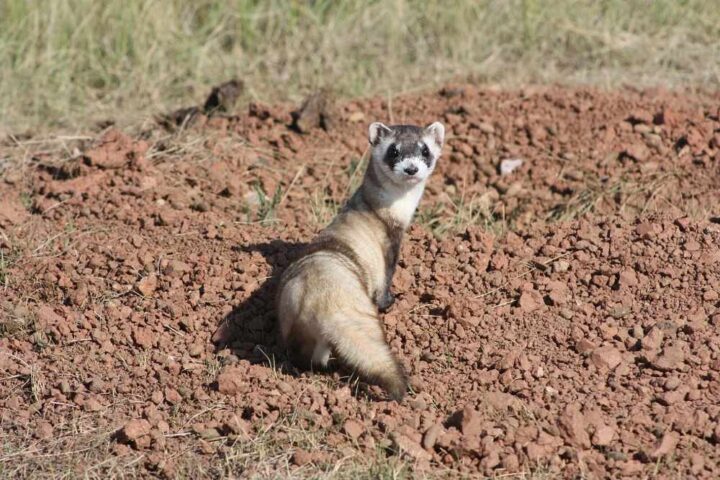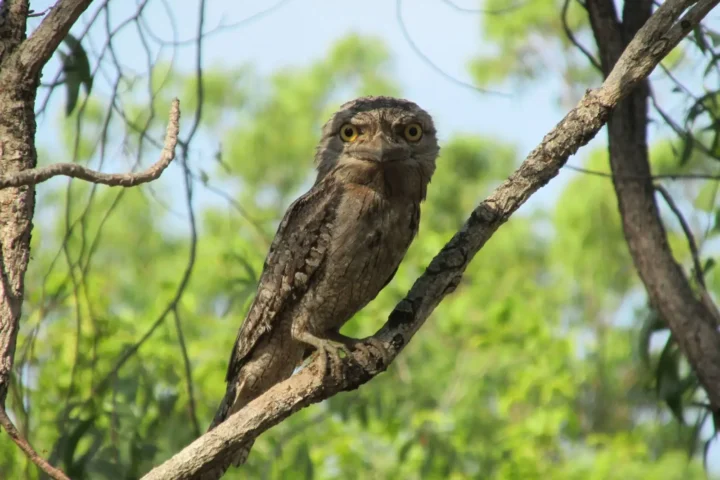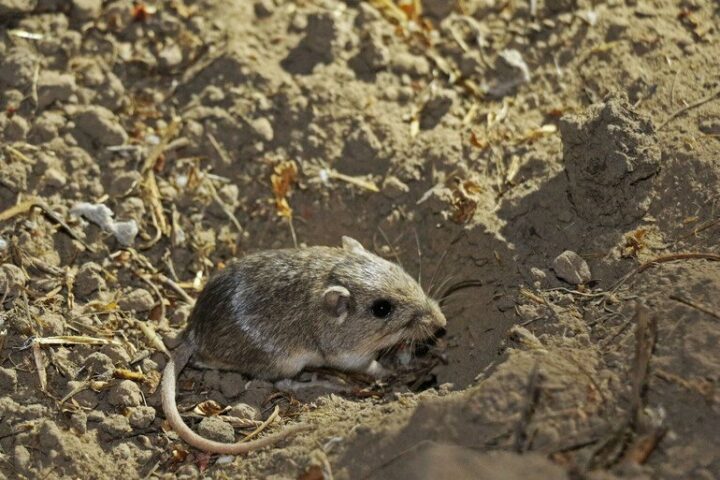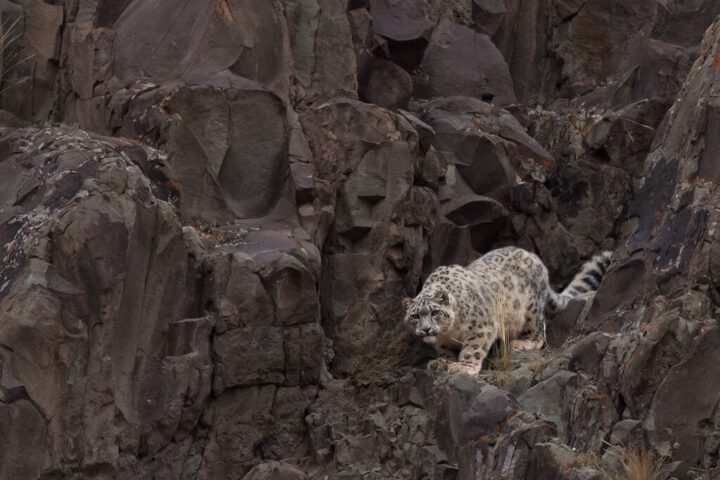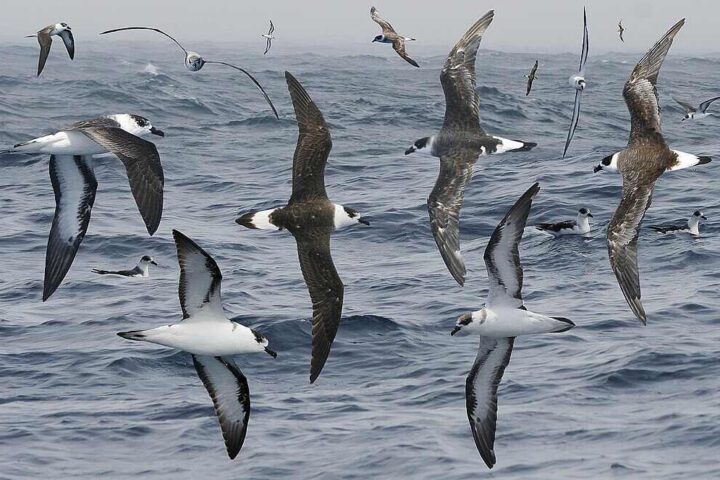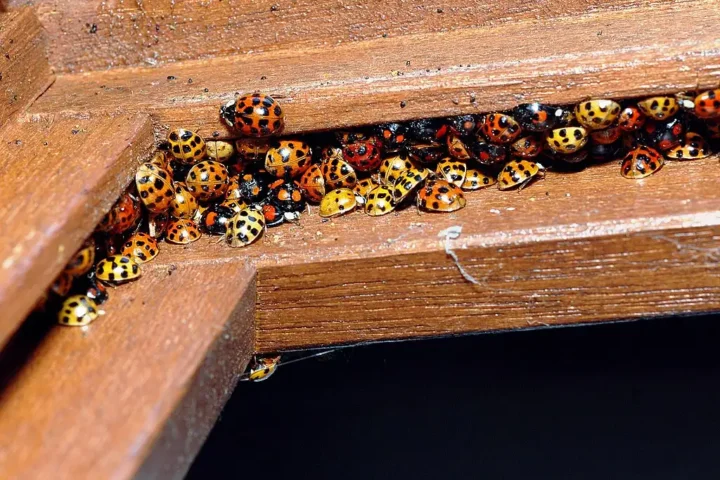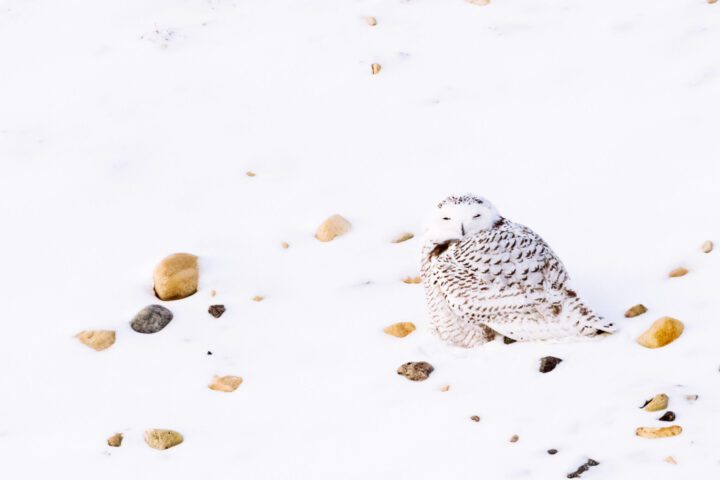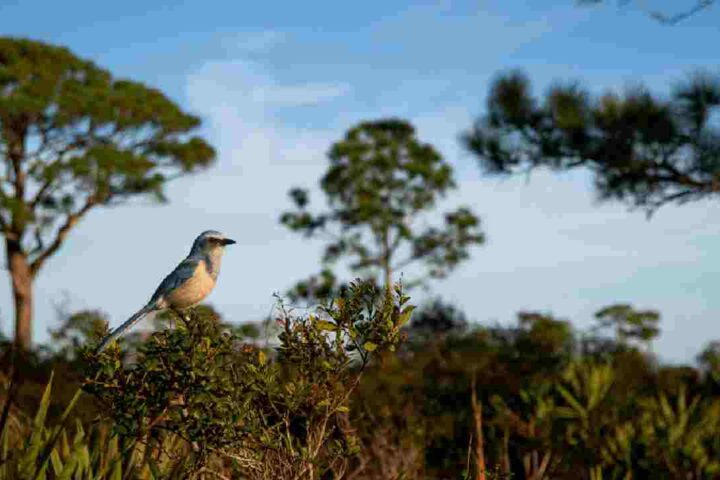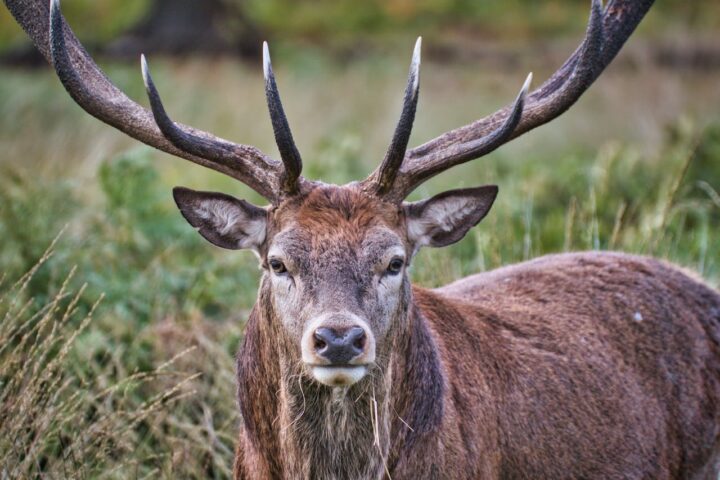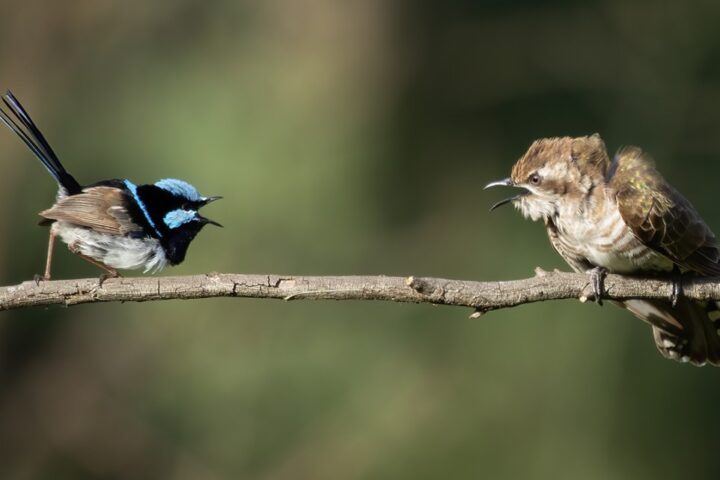A devastating outbreak of highly pathogenic avian influenza (H5N1) resulted in the deaths of 20 big cats at the Wild Felid Advocacy Center in Shelton, Washington in December 2024. The outbreak marks one of the most severe cases of bird flu affecting captive wild cats in recent history.
“The only thing I can compare it to, as a veteran, is being in a war zone,” said Mark Mathews, founder and director of the sanctuary. “We’ve never had anything like it; they usually die basically of old age. Not something like this, it’s a pretty wicked virus.”
The Toll
The virus claimed the lives of diverse species at the facility, including:
- An Amur/Bengal tiger named Tabbi
- Four cougars: Hooligan, Holly, Harley, and Hannah Wyoming
- An African caracal named Crackle
- Two Canadian lynx: Chickie and P’uch’ub
- Four bobcats: Digger, Willie-Bob, Ruffian, and Tank
- Five African servals: Nile, Percival, Nefertiti, Blondie, and Shasta
- A Geoffroy’s cat named Mouse
- A Bengal cat named Pebbles
- A Eurasian lynx named Thumper
Disease Progression
The virus first appeared in the cougar population in November, causing pneumonia-like symptoms. The first casualty occurred on November 23 when a cougar succumbed to the illness. The final death, an African serval, was recorded on December 13. Some cats have recovered, while one remains in critical condition.
Response Measures
The sanctuary has implemented strict quarantine protocols and biosecurity measures:
- Removal of 8,000 pounds of potentially contaminated stored food
- Comprehensive habitat disinfection
- Staff wearing protective clothing and N95 masks
- Shoe sanitization protocols
- Collaboration with federal and state animal health officials
More Stories
Expert Analysis
The incident follows confirmation of H5N1 infections in “numerous” wild birds this fall by the Washington Department of Fish and Wildlife, including two wild cougars in Clallam County.
Future Outlook
The sanctuary remains under quarantine and closed to the public until further notice while completing extensive cleaning protocols. Currently, 17 cats remain at the facility.
“It looks like the virus has taken its course,” Mathews added. “We’re just trying to make the one that’s incapacitated now just a little stronger.
“The incident raises broader concerns about the vulnerability of captive wildlife to emerging diseases and the increasing instances of bird flu affecting non-avian species. The sanctuary continues to work with veterinary experts while implementing comprehensive disinfection protocols to prevent future outbreaks.
